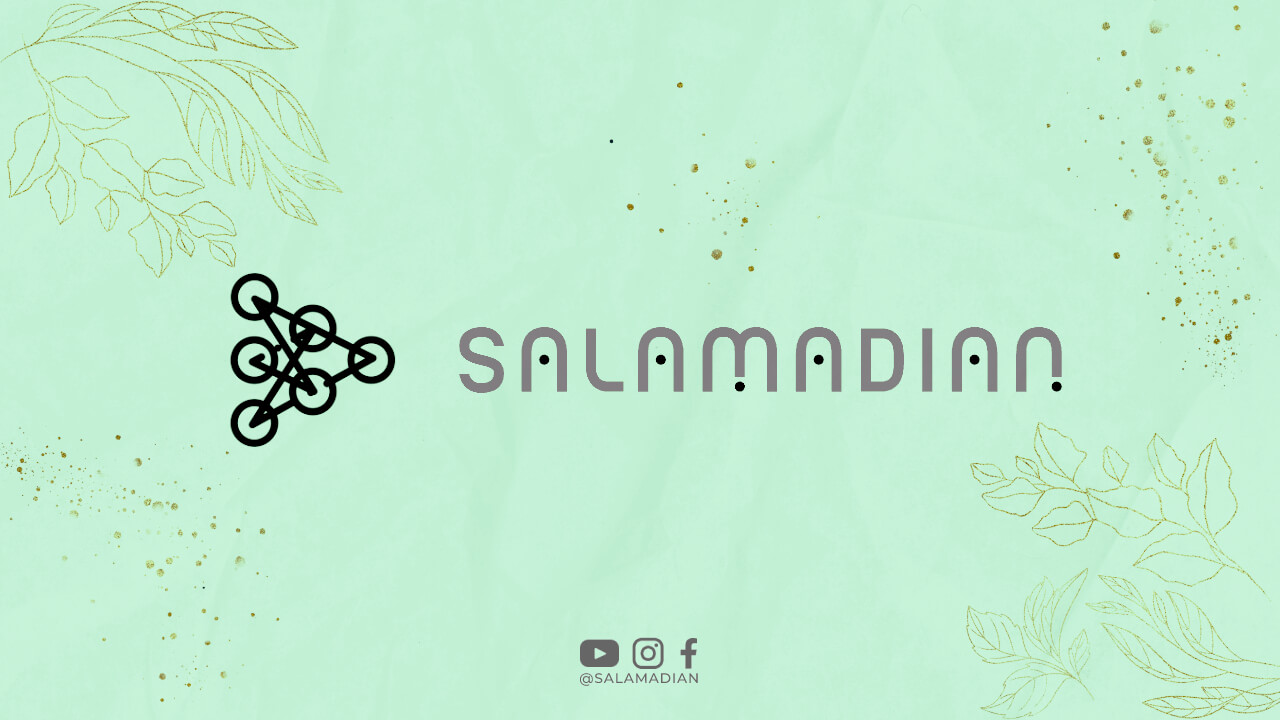Getting a mortgage is a big step in anyone’s life. It is a long-term commitment that requires careful consideration and planning. Whether you are a first-time homebuyer or a seasoned investor, having a mortgage lending handbook can be a valuable resource. In this article, we will cover all the essential information you need to know about the mortgage lending process.
What is a Mortgage?
A mortgage is a loan that is used to purchase a property. The loan is secured by the property, and the borrower is obligated to repay the loan over a period of time, usually 15 to 30 years. The mortgage lender charges interest on the loan, and the borrower makes monthly payments that include both principal and interest.
Types of Mortgages
There are several types of mortgages, including fixed-rate mortgages, adjustable-rate mortgages, and government-backed mortgages. Fixed-rate mortgages have a set interest rate for the life of the loan, while adjustable-rate mortgages have an interest rate that can change over time. Government-backed mortgages include FHA, VA, and USDA loans.
The Mortgage Process
The mortgage process can be broken down into several steps. The first step is to get pre-approved for a mortgage. This involves submitting an application to a lender and providing documentation of your income, assets, and debts. Once you are pre-approved, you can start looking for a home within your budget.
The next step is to make an offer on a home and go through the underwriting process. During underwriting, the lender will verify your income, assets, and debts and assess the risk of lending to you. If you are approved, you can move forward with closing on the home and signing the mortgage paperwork.
Mortgage Rates
Mortgage rates can vary depending on several factors, including the type of mortgage, the borrower’s credit score, and market conditions. It is important to shop around and compare rates from different lenders to find the best deal.
Mortgage Payments
Mortgage payments typically include principal, interest, property taxes, and homeowners insurance. Some lenders may also require private mortgage insurance if the borrower puts less than 20% down on the home.
Mortgage Refinancing
Mortgage refinancing is the process of replacing an existing mortgage with a new one. This can be done to lower the interest rate, shorten the loan term, or tap into the equity in the home. Refinancing can be a good option for borrowers who want to save money on their monthly payments or pay off their mortgage faster.
Mortgage Lending Handbook
A mortgage lending handbook is a comprehensive guide that covers all aspects of the mortgage lending process. It can be a valuable resource for anyone who is considering getting a mortgage or wants to learn more about the process. A mortgage lending handbook can help borrowers understand the different types of mortgages, the mortgage lending process, and the costs associated with getting a mortgage.
Conclusion
Getting a mortgage is a big decision that requires careful consideration and planning. A mortgage lending handbook can be a valuable resource for anyone who is considering getting a mortgage or wants to learn more about the process. Whether you are a first-time homebuyer or a seasoned investor, having a mortgage lending handbook can help you navigate the complex world of mortgage lending and make informed decisions about your financial future.

